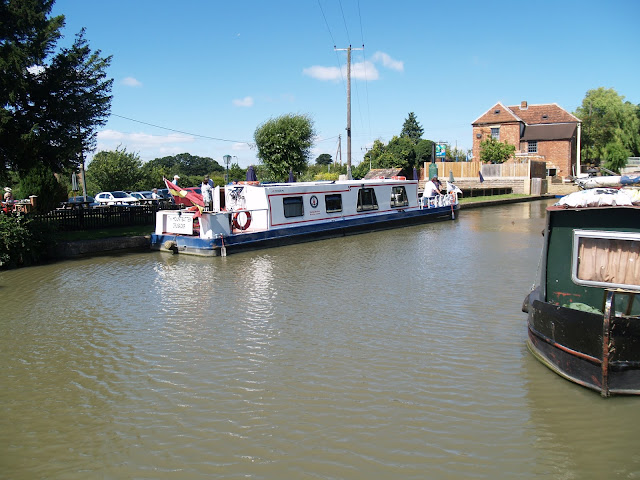African Blackwood and 24ct Gold Plated Fountain Pen
Price ~ £35
AFRICAN BLACKWOOD (Dalbergia melanoxylon)
Native to seasonally dry regions of Africa from Senegal east to Etitrea and south to the Transvaal in South Africa. The tree is an important timber species in its native areas; it is used in the manufacture of musical instruments and fine furniture.
It is a small tree reaching 4-15 m tall, with grey bark and spiny shoots. The leaves are deciduous in the dry season, alternate, 6-22 cm long, with 6-9 alternately arranged leaflets. The flowers are white and produced in dense clusters. the fruit is a pod 3-7 cm long, containing one to two seeds.
The dense, lustrous wood ranges from reddish to pure black. It is generally cut into small billets or logs with its sharply demarcated bright yellow white sapwood left on to assist in the slow drying so as to prevent cracks developing. Good quality "A" grade African blackwood commands high prices on the commercial timber market. The tonal qualities of African blackwood are particularly valued when used in woodwind instruments, principally clarinets, oboes, flutes and piccolos. The timber is used mainly because of its machinability and dimensional stability. Furniture makers from the time of the Egyptians have valued this timber.
Due to overuse, the mpingo tree is severely threatened in Kenya and is needing attention in Tanzania and Mozambique. The trees are being harvested at an unsustainable rate, partly because of illegal smuggling of the wood into Kenya, but also because the tree takes upwards of 60 years to mature.
It's a peaceful stretch of canal between Napton and Braunston and we stayed here for a good few days watching the passing boats and thunderstorms and catching up with making penstock for our next festival at Blisworth. We even managed to bump into fellow boater and blogger Maffi who very kindly gave me a log of cherry wood that he had started to season on his roof. It's not too often that I can get good quality English cherry wood so I will cut this log down into large pen blanks and finish seasoning them over winter to see what they turn out like next spring.
After a short evening cruise to Braunston we were very surprised to find a free mooring right opposite the Boathouse pub perfect for our stop off to meet up with local friend Richard and then later the same day Jenny and Chris all of whom brought some nice seasoned wood for me to add to my stockpile. We left again early the next morning, not so early that we would disturb people that managed to go to the pub the evening before, and then it was time to go up the Braunston locks, through the tunnel, down the Buckby locks and moor up a few miles further south in one of our favourite canal side villages Bugbrooke.
You can follow my pen making here on this blog and our travels on another blog here








No comments:
Post a Comment
Thanks for commenting, you can always contact me via email at thepenmakersboat@gmail.com or find The Pen Makers Boat on Facebook. I'll get back to you as soon as I can.